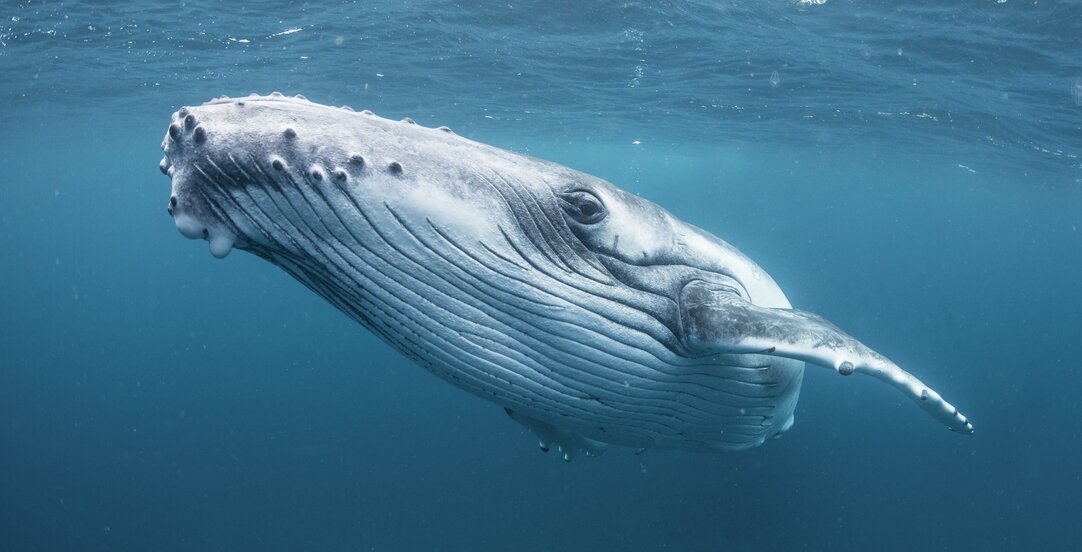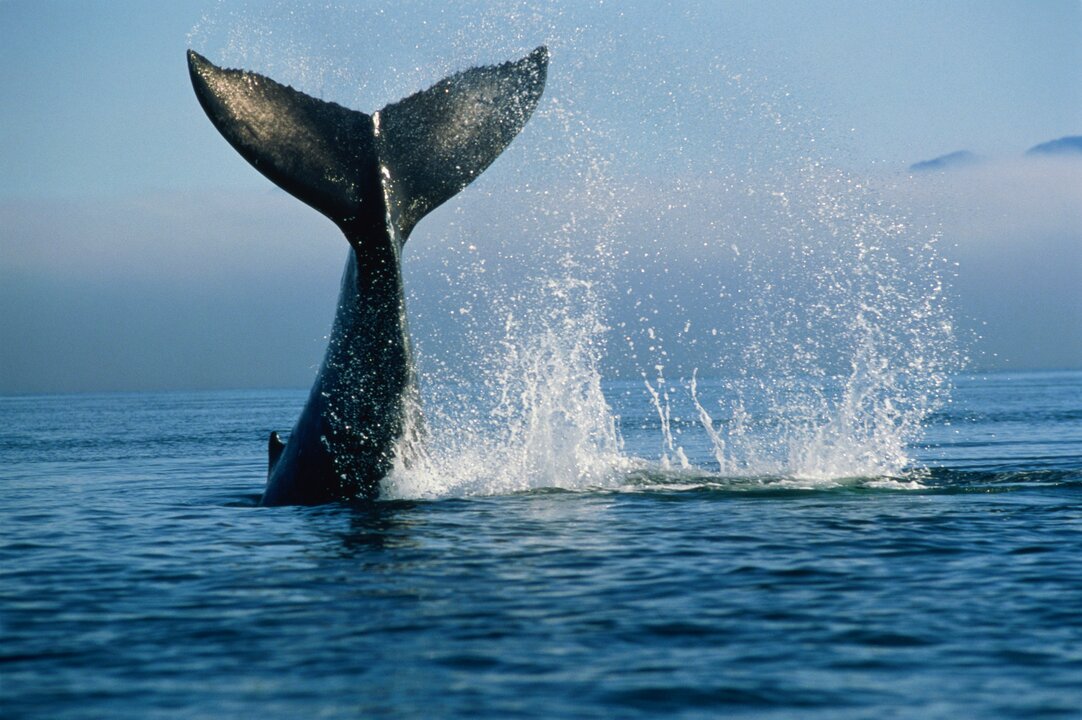The High Seas Treaty – implications for shipping

After several years of negotiations, an intergovernmental conference at the UN has reached an agreement on a draft treaty aimed at conserving marine biodiversity in areas beyond national jurisdiction. The treaty has a potential to significantly impact international shipping.
Lesetid 5 minutter
Although the final text has been agreed, the High Seas Treaty will only come into effect after it has been formally adopted at a later UN session and then ratified by at least 60 member nations. This process is expected to take years. Once in effect, the treaty is expected to have significant implications for various sectors such as scientific research, deep-ocean mining, and various offshore activities. However, the treaty may also have significant implications for international shipping.
Application Beyond national jurisdiction
As a starting point the treaty will only apply to areas beyond national jurisdiction. As such, the provisions of the treaty do not affect the jurisdiction which nations enjoy under the UN Convention on the Law of the Sea (UNCLOS), including in the exclusive economic zone and on the continental shelf. The maritime area beyond national jurisdiction, nevertheless, amounts to 64% of the entire ocean, and 45% of the planet as a whole.
Broadly, the substantive provisions of the treaty can be divided into two separate categories: the conservation of marine life and the shared use and exploration of areas beyond national jurisdiction.
Protection of marine biodiversity
The first category of provisions concerns the protection of marine biodiversity. The treaty creates a mechanism whereby signatories can propose relevant areas to be subject to ”area-based management tools”. These are defined as tools for a geographical area through which one or several sectors or activities are managed with the aim of achieving particular conservation and sustainable use.
One tool is defining an area as a ”marine protected area”, which is an area designated and managed to achieve specific long-term biodiversity conservation goals. The use and exploitation of such an area is only permitted if it is deemed sustainable and in line with the conservation objectives. Annex I of the treaty sets out indicative criteria for the identification of such areas, which include uniqueness, sensitivity, special importance of the species found therein, and economic, cultural and social factors. However, the treaty does not actually designate or establish specific areas to be protected.
Furthermore, the parties to the treaty shall conduct environmental impact assessments before engaging in any activities in marine areas. This obligation extends to activities carried out within a state’s territorial waters, exclusive economic zone or continental shelf, if the activity could cause substantial pollution or significant and harmful changes to the marine environment in areas beyond national jurisdiction.
Furthermore, the treaty also establishes a mechanism to implement emergency measures in case of a natural or human-caused disaster that threatens to cause serious or irreversible harm to marine biological diversity beyond national jurisdiction.
Shared use and exploration
The second category of provisions concerns the shared use and exploration of areas beyond national jurisdiction. This includes, inter alia, an obligation to cooperate in capacity-building and transfer of marine technology, particularly to developing countries. Reportedly, one of the most difficult negotiation items was the sharing of scientific research between developed and developing nations.

Impact
Freedom of the seas
Pursuant to UNCLOS article 87, the freedom of the high seas extends to all states and comprises as a general starting point the freedom of navigation, fishing and scientific research. The High Seas Treaty will, by imposing stricter environmental requirements on the use of the high seas, influence how this freedom is exercised.
Routes and fishing
One of the more straight-forward and direct impacts of the treaty is on existing shipping routes, to the extent these interfere with, for example, marine protected areas. Potential requirements may include restrictions on speed and fuel consumption, as well as an outright ban on shipping activities in certain areas.
Similarly, the treaty will likely impose limitations on fishing activities, particularly for species that are close to extinction or are vital for maintaining the marine ecosystem and biodiversity of certain areas.
Noise
Another impact of the treaty is related to the issue of noise pollution from shipping and other shipping-related activities. Noise pollution has increased significantly over the last few decades, and although its effects are not yet fully understood, it is believed to have negative impact on several marine mammals. The treaty will likely affect the requirements for shipboard systems, such as propellers and sonar equipment, to reduce noise pollution. Additionally, requirements to minimise noise pollution may also apply to ancillary activities, such as oil and gas exploration and ocean mining.
Scubbers
There is a debate about whether the use of open-loop scrubbers will be compatible with new requirements imposed by the High Seas Treaty. Since the International Maritime Organization passed its 2020 regulation, which limits the sulphur content of fuel oil, the use of scrubbers has become increasingly popular.
In essence, a scrubber sprays seawater into the exhaust gas stream, which removes sulphur oxide from the exhaust. In an open-loop scrubber, which is the most commonly used type, the resulting wastewater is discharged directly back into the ocean. However, this wastewater is considerably more acidic than unaffected seawater and may have significant environmental implications. A Swedish study has found that scrubber wastewater accounts for up to 9% of certain emissions of carcinogenic and environmentally harmful substances in the Baltic Sea.
Expect consequences
In conclusion, whilst the full implications of the treaty’s impact on shipping are uncertain and may only become apparent with time, it is clear that international shipping will need to adjust. As such, shipowners and other relevant stakeholders should be mindful of the potential influence of the High Seas Treaty on international shipping in the months and years to come, including the possibility of requiring changes to both vessel design and operation.

